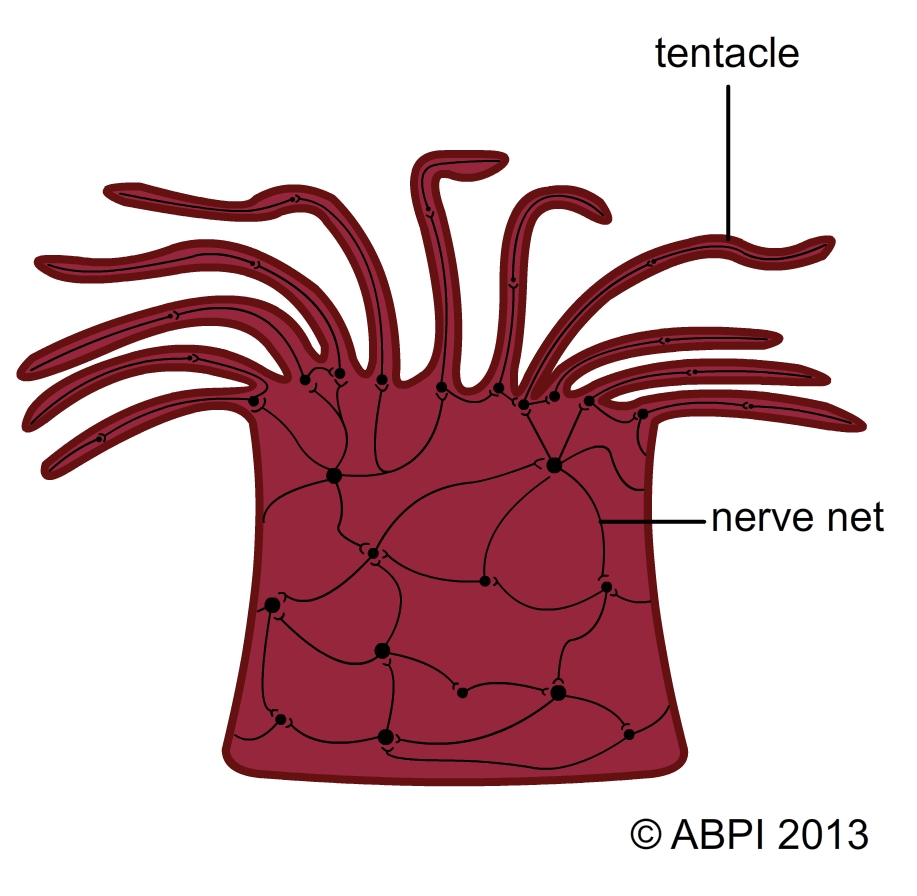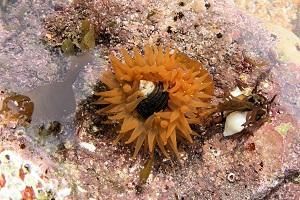This topic takes on average 55 minutes to read.
There are a number of interactive features in this resource:
 Biology
Biology
A single celled organism carries out all the functions of life within its plasma cell membrane. However once organisms become multicellular they need to coordinate what happens in all of their different cells.
As multicellular organisms get bigger and bigger, cells differentiate and form tissues and organs which carry out specific functions. It is important that the different body systems work together. Animals have the biggest problem because they need to move around to find food and mates. A nervous system gives them a coordination system that works fast.


The simple nerve of a sea anemone allows it to coordinate the movements of its tentacles so it can capture prey. (Photo: Anthony Short)
The human body is made up of around 10 billion cells which all have to work together to keep you alive. People need to move about, avoid danger, find food, water and mates, control their body temperature and coordinate the activities of all the main body systems (for example the digestive system and circulatory system). This coordination is brought about by the nervous system and the endocrine system. The nervous system provides rapid coordination using electrical impulses which travel around the body fast – from about 1-120 metres per second.
In humans the nervous system is made up of the following parts:
A nerve is a bundle of neurones. Sensory nerves contain only sensory neurones, motor nerves contain only motor neurones and mixed nerves carry both.
The way the nervous system works to control the responses of your body can be summed up as:
receptor → sensory neurone → coordinator (CNS) → motor neurone → effector